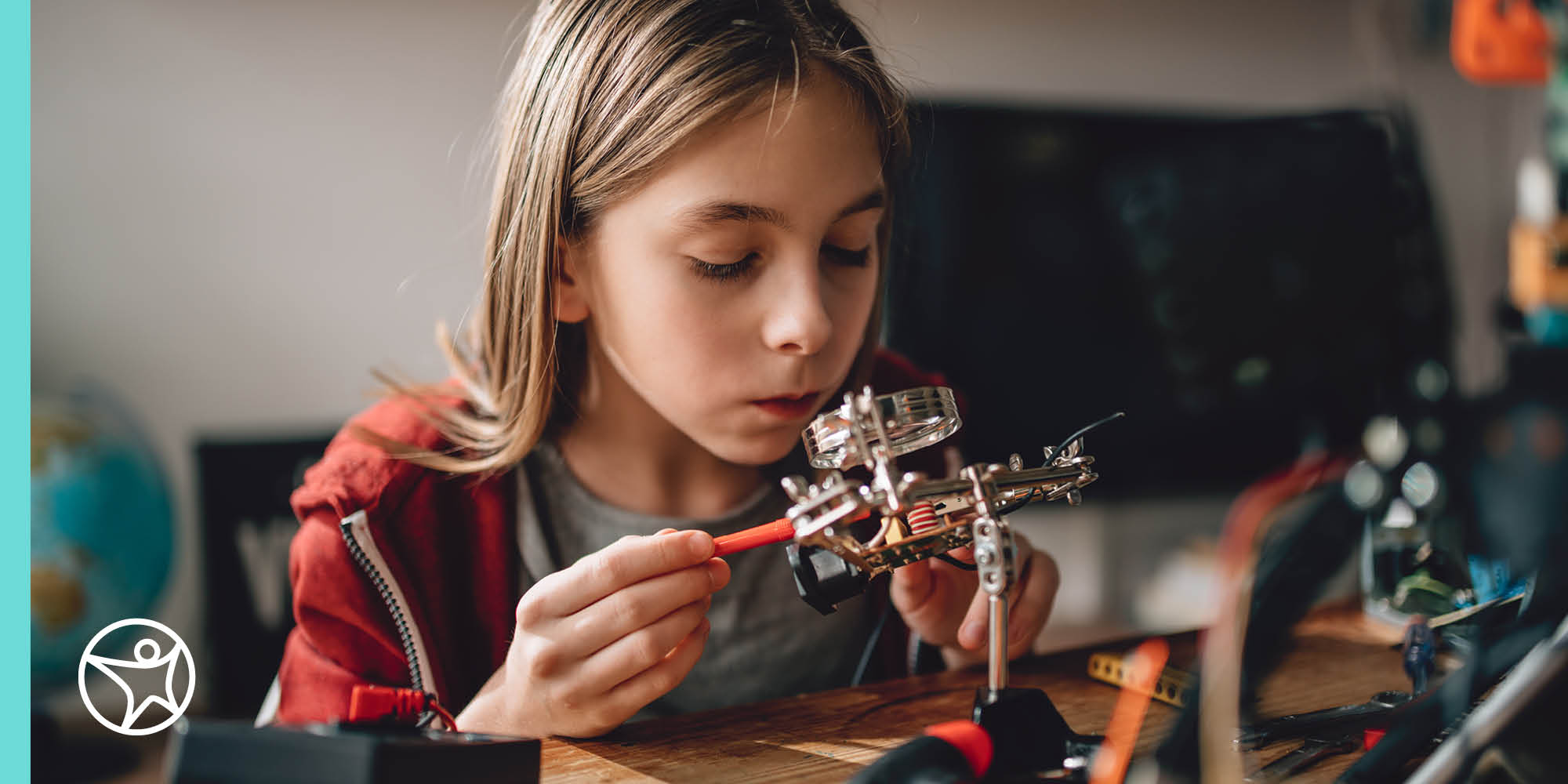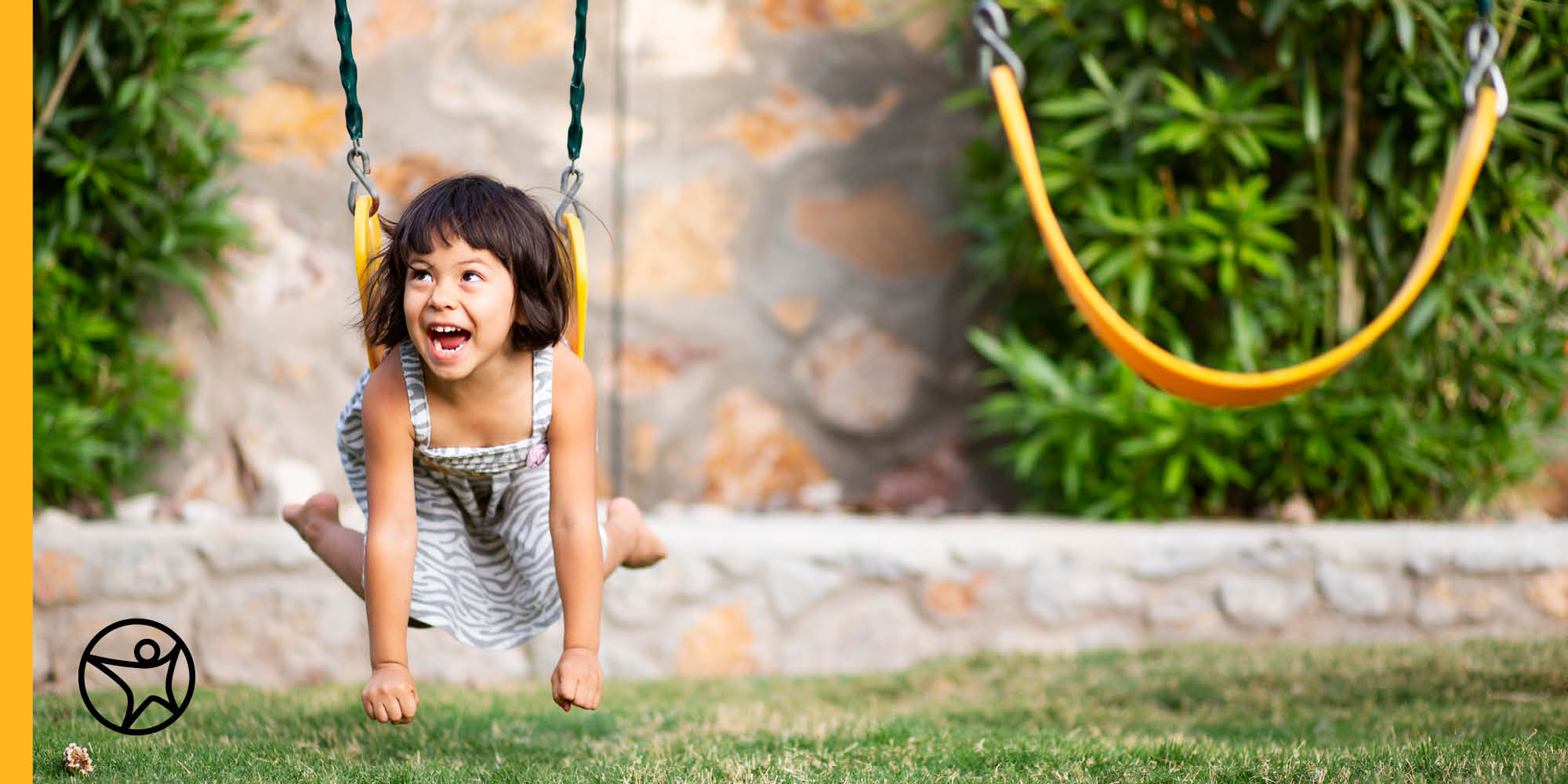Easy Machine Building With a Cardboard Box Pouring Water in a Cup With a Machine Challenge
Build Your Own Rube Goldberg Machine
by Beth Werrell

A Rube Goldberg machine is a complex contraption designed to complete a simple task. The machine uses a set of tasks that work in succession and trigger one event after another until the final event. It's actually listed in theMerriam-Webster dictionary as an adjective that means "doing something simple in a very complicated way that is not necessary."
Imagine this: Your online school student drops a marble into a paper towel tube chute. The marble slides down and hits a chain of dominoes. The dominoes fall, and the final one hits a small toy car. The car pushes a dog treat off the edge of the table. Success! The family dog snatches up the treat when it falls to the floor.
You might recognize Rube Goldberg machines from TV or movies. Some high school students build them in science class, and some even test their engineering skills by competing in Rube Goldberg machine contests. Building a Rube Goldberg machine is a learning activity that's great for online or traditional school students, and fun for the whole family!
At many schools, like Connections Academy®, Rube Goldberg is a yearly activity integrated into the curriculum. It is an excellent way for online students to explore the world of STEM learning.
Rube Goldberg Ideas
If you're struggling to determine the best way to get started, start with research and inspiration. A Rube Goldberg science project can take on many different shapes and sizes.
Get inspired by Caroline's Guinea Pig Feeder
Creativity knows no bounds with Charlotte's Yahtzee Dice Roller
Here are some additional Rube Goldberg machines that:
- turn on a light
- hit an "Easy" button
How to Plan Your Rube Goldberg Machine in 3 Steps
These machines might not be practical, but they're definitely fun, creative, and educational! Building a Rube Goldberg machine is a great hands-on activity for all ages; plus, it encourages children to flex their STEM muscles. Some thought-starters and instructions are listed below if you'd like to help your children build their own Rube Goldberg machine.
1. Identify Your Rube Goldberg Machine Task
Tasks are the action or end goal you are hoping to achieve at the completion of your Rube Goldberg machine.
Task Ideas: turn off a light, crush a can, drop a bottle in a recycling bin, water a plant, plant seeds in a pot of soil, pop a balloon, fill a glass with water, shut a door, squeeze toothpaste onto a toothbrush, or turn off an alarm clock.
2. Choose Your Supplies
Choosing your supplies is important because they encompass the complexity or simplicity of the machine and how it goes about completing the identified task. Challenge your child to find at least three recyclable materials. Keep in mind that you may change your mind and add or leave out materials during the building process.
Possible materials and items include: aluminum foil, cardboard, water bottles, toilet paper or paper towel tubes, cereal or cake-mix boxes, books, cans, dominoes, funnels, marbles, golf balls, string, buckets, cups or bowls, batteries, and magnets to name a few.
3. Sketch it Out
After you've identified your task and organized materials, begin sketching out your machine before you build it. This will help your child choose the right materials, identify gaps, and assemble a mechanism that works.
How to Build Your Rube Goldberg Machine
1. After the ideation and sketching steps are complete, you can then begin to assemble materials and build your Rube Goldberg machine.
2. Assemble the different parts of your machine, helping your child test each part before moving to the next. Consider these possible actions as you build:
- Use circuits to conduct electricity to small motors.

- Create a popsicle stick ramp that knocks a series of dominos over that then creates a chain reaction.

- Send a soup can rolling and create weighted movement in a pully system like Charlotte.

- Utilize household toys or even robots to create actions in your machine.

3. Remember to HAVE FUN!

4. Once the machine is complete, test it to see if it works.
5. Take notes on which parts of the machine work and which ones don't. Does it achieve the task?
6. If something doesn't work, what can you do to make it work next time? Try one small change each time you test it until your amazing machine works!
If you're struggling to choose an experiment for your student's upcoming science fair, Rube Goldberg machines make excellent STEM science fair projects for kids in middle school. From complex processes to fun and creative outputs, everyone is sure to be amazed!
Interested in other STEM projects for kids? Search Connections Academy's Resource Hub for more ideas and activities like this one.
-
Teaching Your Child to Deal with Conflict
by Bob Engler
-
12 Outdoor PE Activities for Kids
by Allison Brubaker
Outdoor physical activities are beneficial for elementary school kids' physical and mental health, giving them an opportunity to expend their energy and get some fresh air and sunshine.
Physical education (PE) for kids is an important part of learning at home. While outdoor exercise happens more naturally during the summer, how can families ensure that a child has fun exercising throughout the year?
Below are 12 ideas for PE exercises for kids that you may want to add to your list!
PE Games for Kindergarten through Fifth Grade:
1. Timed firefly (aka lightning bug) hunt.
Encourage children to catch as many lightning bugs or other harmless insects in a jar as they can, and see who can capture the most before you call time. Make sure to set the bugs free again! Lessons can also be incorporated into this fun PE activity by having kids learn fun facts about the bugs!
2. Sponge race.
Each participant in this race needs a sponge and two buckets, one bucket filled with water and the other empty. Starting at the empty bucket, players run across the yard to the full bucket, filling the sponge and returning to the empty bucket to squeeze the water into it. The first person to fill the empty bucket to the designated line wins.
3. Timed scavenger hunt.
Set a time limit for kids to find all the objects on a list of items found in nature. Whoever has the most items when the clock runs out wins. Older children can even coordinate the scavenger hunt.
4. Balloon relay race.
To make this race safe from germs, an adult should inflate balloons using a pump instead of blowing them up by mouth. Set up a laundry basket full of balloons and a hard chair for each relay team. Participants run to the basket, pick up a balloon, then run to the chair, sit on the balloon to pop it, then run back.
5. Sack race.
For this old-fashioned but socially distant favorite, each child will need their own sack or pillowcase. Players stand in their sacks and jump their way to the finish line.
6. Outdoor yard sports and games.
Outdoor physical education activities like sports require equipment, but you can easily set up and play them in a yard or nearby park.
Fun PE games for kids like soccer, kickball, or basketball can be played with just a ball at a nearby park. Games like "H-O-R-S-E" or "around the world" can be played with just two or more players on a basketball court. Net sports like tennis, volleyball, and badminton are great PE games for kids. Many public parks have tennis courts you can use, but you can also set up outdoor volleyball or badminton in the grass. Volleyball is always fun at the beach, but you might also find sand volleyball courts at a public swimming pool in your area.
Once you have a net, you'll just need racquets and birdies or a volleyball. Two to four people can play each sport.
7. Solitary exercise.
Other traditional gym activities for kids include jumping rope or hula-hooping, both of which are excellent forms of exercise. Either of these activities can be done indoors on rainy days, too.
8. Group games.
Try some variations on classic PE activities for elementary school students: flashlight tag, "Simon Says" with balls or other items, and water-bottle bowling in the yard.
9. Outdoor pool activities.
As long as they aren't crowded, pools can still be a safe option for some outdoor exercise. Swimming or jogging laps is great for cardio exercise and muscle toning. Elementary school children who want to become better swimmers and stronger athletes can do laps regularly and track their progress.
10. Diving games.
Diving for objects like diving rings and diving gems at the bottom of the pool helps swimmers practice holding their breath longer. It's also a lot of fun for kids to play diving games, such as racing to find as many coins as possible within a time limit or within one breath.
11. Water aerobics.
Instead of signing up for a water aerobics class, create your own exercise routine to do in the backyard or neighborhood public pool. Kids of all ages and their parents can get involved. Watch water aerobics videos online to learn some moves and consider using a pair of water weights.
12. Water wars.
There are plenty of ways for children to have fun with water fights. Challenge them to stay on their rafts while practicing their splashing techniques on each other or shooting water guns.
If thunderstorms keep you inside, you can always try this list of indoor PE activities for online elementary students.
There are plenty of fun PE activities for kids to try that fit into their online school schedule. For more tips on keeping kids learning at home, visit Connections Academy's resources page for families who are new to distance learning or online school.
read more
-
Setting Healthy Screen Time Limits for Students Learning Online
by Christopher E. Nelson
murphycomenclater.blogspot.com
Source: https://www.connectionsacademy.com/support/resources/article/build-your-own-rube-goldberg-machine/

0 Response to "Easy Machine Building With a Cardboard Box Pouring Water in a Cup With a Machine Challenge"
Post a Comment